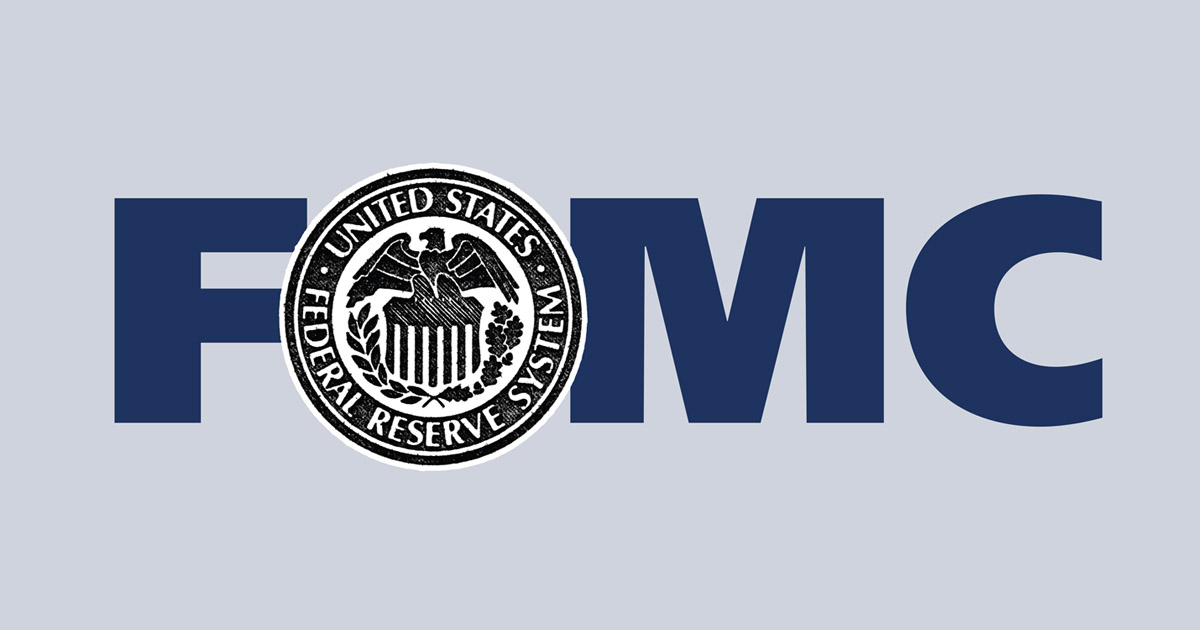Fed Cycle Enters Data-Dependence Phase

Federal Reserve Chairman Jerome Powell’s message after the July meeting was that the central bank has entered a data-dependent phase after one of the fastest rate-hiking cycles on record. He spoke after the Federal Open Market Committee hiked rates 25 basis points (bps) on 26 July to 5.25%–5.50%, keeping on with its fight against still-too-high inflation. Powell signaled that future monetary policy decisions would depend fully on how the economy fares in the coming months.
Changes to the statement were minimal, leaving market participants to focus on Chair Powell’s press conference. While he was clear that inflation still remains unacceptably high, he stopped short of pointing to the additional rate hike suggested by June’s median summary of economic projections (SEP) that guided toward another hike this fall. Powell’s communication suggests to us that if the pace of nonfarm payrolls and core inflation (which excludes food and energy sectors) stay moderate through the summer, the Fed will stay on hold.
Our baseline scenario still projects that the U.S. economy will enter a mild recession late this year or early next – enough to bring the unemployment rate up and help inflation fully return back to target. That expectation, plus cooling inflation in the second half of the year, implies that July could very well end up being the last hike in this cycle. However, if the economy (and the labor market) continues to prove resilient, inflation is likely to settle in uncomfortably above target and necessitate more restrictive policy.
Near-term inflation cooldown
The U.S. inflation outlook is improving – at least for now. After moving sideways in the first half of 2023, inflation could fall rapidly in the second half as pandemic-related price distortions run their course or even reverse. Key drivers include:
- An apparent end to fiscal-stimulus-induced price-level adjustments. After an initial shock sent real M2 money supply above its historical trend by 20%, higher inflation and some normalization in the Fed’s balance sheet have brought the real value of money back to trend. (For details on how debt-financed fiscal policy can contribute to inflation, read this recent Viewpoint.)
- Substantial normalization of supply constraints that had worsened demand-pull inflation from fiscal policy. Input price cost-push inflation is markedly lower. For instance, steel and wholesale used car prices are declining, and spot shipping costs, particularly on China–U.S. West Coast routes, have normalized. China is also once again exporting deflation.
- Inflation in rents is moderating. Data indicate rental inflation for both new leases and rollover leases is slowing. The last three U.S. Consumer Price Index (CPI) inflation reports underscore these trends. (Read our analysis of the latest CPI data in this blog post.)
Given these recent trends, the Fed’s latest median forecast (as of June) for 2023 core PCE of 3.9% appears elevated.
Too soon to declare victory
Nevertheless, the improving inflation outlook doesn’t change our skepticism about achieving an economic “soft landing” in which inflation sustainably returns to target without a concurrent rise in the unemployment rate (and subsequent recession). U.S. nominal wage inflation remains elevated, and absent recession, this will likely push core inflation measures higher again in 2024 – a scenario Fed officials will be very focused on avoiding.
Although real wage inflation has turned positive recently, this follows a year or more of sluggish nominal wage adjustments. In our view, real wages still need to catch up, and tight labor markets may allow workers to bargain for additional increases – consistent with the recent increase in labor strikes. The U.S. labor market, which had strong momentum in the first half of 2023, needs to weaken before a victory over inflation can be proclaimed.
Recession still likely ahead
Our baseline scenario still projects that the U.S. economy will enter a mild recession late this year or early next. This should suffice to boost unemployment and help inflation return fully back to target on a sustained basis, giving Fed officials more confidence in their campaign against inflation. Our expectations for a recession, plus cooling inflation in the second half of this year, imply that July could very well be the last hike in this cycle. However, if the economy – and the labor market – continue to prove resilient, inflation is likely to necessitate more restrictive policy.
Featured Participants
Disclosures
PIMCO as a general matter provides services to qualified institutions, financial intermediaries and institutional investors. Individual investors should contact their own financial professional to determine the most appropriate investment options for their financial situation. This material contains the opinions of the manager and such opinions are subject to change without notice. This material has been distributed for informational purposes only and should not be considered as investment advice or a recommendation of any particular security, strategy or investment product. Information contained herein has been obtained from sources believed to be reliable, but not guaranteed. No part of this material may be reproduced in any form, or referred to in any other publication, without express written permission. PIMCO is a trademark of Allianz Asset Management of America LLC in the United States and throughout the world. ©2023, PIMCO.
